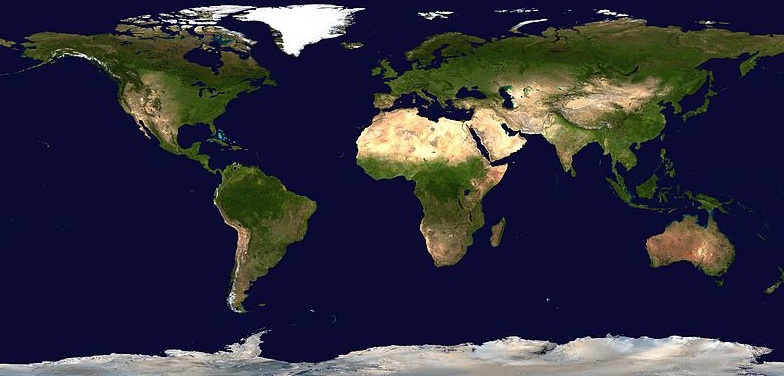Last week, Zimbabwe decided to drop all charges against and no longer pursue extradition for American dentist Walter Palmer for the hunting and killing of Cecil, a rare black-maned lion, which occurred last year July.
What this case raises are crucial questions not only about hunting and killing endangered animals, but also about hunting trophies in general. It also highlights perhaps one of the most ill-treated areas of border enforcement around the world- the area regarding wildlife and flora.
After the hunting and killing of Cecil, airlines started to implement bans on animal hunting trophies. Air France, Emirates and Air Canada are some of the airlines that banned future shipments of hunting trophies.
What is interesting to note is that Air Canada, in particular, said that the airline already follows existing regulations on transporting endangered wildlife. So why was the world debating the cruelty of hunting trophies when the story of Cecil came out, especially since prior to this, hunting trophies were allowed to be brought into various countries via various major and smaller airlines? Could it be that there is a lack of understanding how lucrative a business wildlife and flora can be globally?
On March 3, 2015, World Wildlife Day was celebrated under the theme: “It’s time to get serious about wildlife crime.” This theme had the backing of INTERPOL, which is trying to raise awareness in the illegal trade of wildlife and flora.
According to INTERPOL, the vast criminal networks around the world have been making large illicit profits from wildlife crime, at the same time damaging economies of countries by infecting their environments.
Canada is no stranger to these effects. For example, last year, Southern Ontario’s spotted turtles were under threat from poachers, who were taking them to sell on the black market to people who wanted them as pets or to eat as delicacies. A spokesperson from Environment Canada estimated wildlife smuggling worldwide is earning $32 billion per year. Furthermore, that wildlife crime is “complex, multinational and covert.” Herein lies the problem with trying to enforce and protect wildlife.
Worldwide stories of cross-border smuggling of wildlife and flora seem to be increasing. Just last week, two Russians were jailed in an attempt to smuggle black pond turtles. They were caught in Singapore on their way from Bangladesh to Indonesia. These turtles are critically-endangered species protected under the Convention on International Trade on Endangered Species of Wild Fauna and Flora (CITES). This case also shows the mobility of those involved in this criminal activity, as well as the extent of this particular crime in various countries.
The participants of the illegal smuggling of wildlife go to extreme lengths. May 2015, Indonesian custom officials caught a smuggler trying to bring into the country yellow-crested cockatoos in empty water bottles. There are countless stories all over the internet of smugglers caught globally, from trying to smuggle 1,000 rare spiders to a cub in a suitcase. To read a few of many stories, click here.
CITES Explained
CITES (the Convention on International Trade on Endangered Species of Wild Fauna and Flora) is an international convention created in the 1960s. It covers the trade of live animals and plants. It also includes products derived from plants and animals, such as food products, leather, timber, and ivory jewelry. The agreement is also in place to ensure sustainability in the trade of flora and fauna.
CITES, first as a resolution, was passed in 1963 at a meeting for The World Conservation Union. The creation of the text on the Convention was implemented July 1, 1975.
However, as with international agreements, CITES is voluntary in the sense that countries have to agree to adhere to this Convention. Countries that choose to do so then have to create and pass their own domestic legislation that works within the framework the Convention provides.
Since criminal activity surrounding wildlife has become second most profitable after drug smuggling, it is clear that CITES will need to play an even larger role for the future. It is up to all levels of generations of citizens around the world of today and tomorrow, to pressure their governments to do more to prevent wildlife and flora criminal activity along their borders, and more specifically in regards to CITES.




